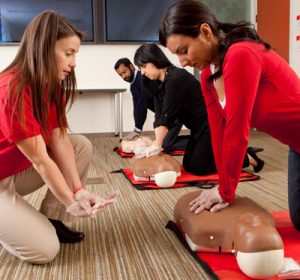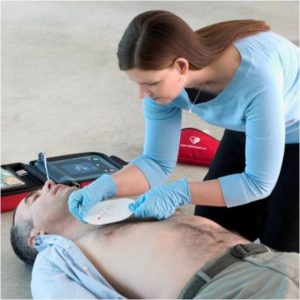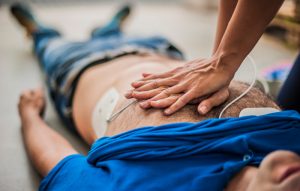AHA eCards: How to Receive, Access, Print, and Share Your CPR Card
Finished class at CPR Tally? Here’s how AHA eCards work—claim your card, verify it, print a PDF, and send it to your employer or school.
CPR, BLS, ACLS, PALS, AED, and First Aid training
Finished class at CPR Tally? Here’s how AHA eCards work—claim your card, verify it, print a PDF, and send it to your employer or school.
How Often Do I Need to Renew My AHA Certification? Here’s how renewal works for BLS, CPR/AED, ACLS, and PALS—plus tips to avoid lapses and how to register in Tallahassee. The quick answer Always follow your employer or licensing board’s policy if it’s stricter than the AHA timeline. What counts as a renewal? If your…
Not sure which certification to choose—BLS, CPR/AED, ACLS, or PALS? This guide explains who needs what, what to expect, and how to register for classes at CPR Tally.
Many people who work in the healthcare field—or who may be the first on the scene of an accident—need a higher level of CPR training for healthcare providers. The American Heart Association, the Red Cross, and many other providers offer CPR training at this level—and it’s often called “BLS” rather than “CPR” training. That’s because…
Cardiac arrest is what happens when your heart stops beating due to some kind of malfunction. A heart attack is what happens when something is blocking blood flow to your heart. They’re not the same—but they can be interconnected, in that a heart attack can sometimes cause cardiac arrest. Let’s take a more in-depth look…
A diverse group of employees—from high school coaches to tattoo artists to research scientists—risk coming into contact with bloodborne pathogens at work. In 1991, OSHA published the Occupational Exposure to Bloodborne Pathogens standard in response to public concern over risks of exposure to infected blood and bodily fluids in the workplace—particularly exposure to HIV, Hepatitis…

Cardiac arrest can occur without warning, in people who have no prior heart problems or symptoms. And the majority of cardiac arrests occur outside of the hospital—which means bystanders are a victim’s first and best chance of getting lifesaving CPR immediately.

Cardiac arrest occurs when this electrical system fails—and the steady rhythm of your heartbeat stops. When that occurs, an AED delivers an electrical charge that can restart the heart’s electrical system.

After directing others for help, scan the body for breathing. If there are no signs of breathing, begin to administer Hands Only CPR. Hands-Only CPR consists of only chest compressions with no additional breaths.
2025 Health Science Consulting d/b/a CPR Tally | Tallahassee, Florida Precious Lite theme by Flythemes